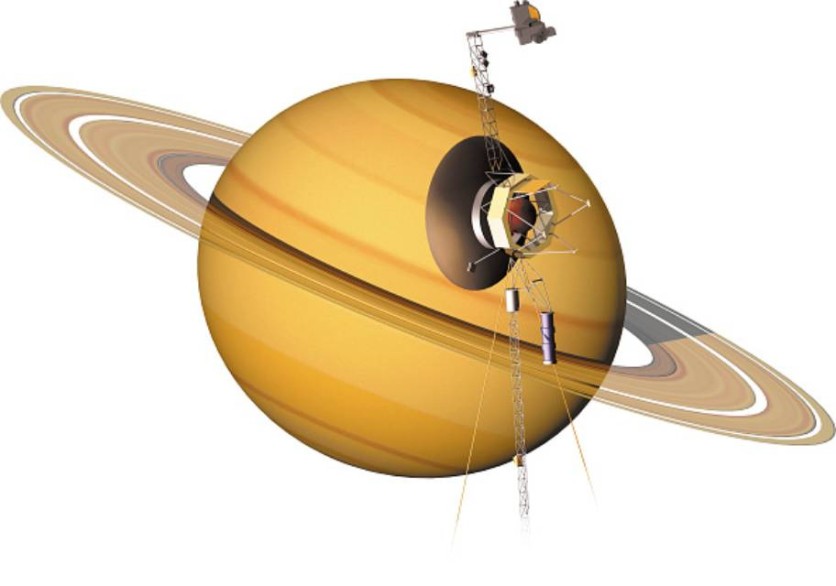Ever since we humans started learning more about outer space and the existence of other planets out there, we've imagined whether there is life somewhere else in the universe. But perhaps this recent Voyager 1 discovery might shed more truth on the matter?
VOA News reports that NASA's Voyager 1 spacecraft just detected some sort of a faint "humming" sound out in deep space. And when we say "deep," it really is: Voyager 1 is currently the furthest man-made object from Earth as of late, situated at around 14 billion miles away. To put that distance in perspective, Voyager 1 is 152 times as far as the sun is to our planet, as stated in a Reuters report.

Launched barely a month after the release of the first Star Wars movie in 1977, Voyager 1 left our Solar System eight years ago and is now hurtling through space unimpeded, perhaps until eternity (or until it manages to hit something). Its systems are still working and able to transmit after all this time, which is the reason why it was able to send back data after so many years.
Is It "Proof" Of ET Yet?
Sadly, no.
Despite rumors of alien life being allegedly found on Mars with those "mushrooms," the humming sound that Voyager 1 detected wasn't from any intelligent extraterrestrial civilization.

According to a report on Digital Trends, researchers from Cornell University theorized that the sound is coming from interstellar gas. It's not as spectacular as aliens, obviously, but it is the most plausible explanation that experts can come up with for now. This "space gas" consists of particles of helium and hydrogen, which are present in the empty space between stars and planets.
NASA equipped the Voyager spacecrafts (there are two) with instruments that can detect vibrations from gas molecules. Also called plasma waves, the vibrations were detected by the probe over several years, in multiple radio frequencies. But that's actually not the amazing part: the fact that these tech still work even after the Voyager celebrated its 40th anniversary over three years ago.
Not Really "Empty" After All
Contrary to popular belief, the presence of this interstellar gas is proof that space was never a complete vacuum. With the data that Voyager 1 still sends back on these molecules, scientists are gathering critical data which might explain the inner intricacies of the universe as a whole.
Astronomers back on Earth say that studying how these gases move in interstellar space is a great way to understand how "space weather" behaves in our own backyard. With time, this will result in technologies that can make space travel much safer and more efficient, which is right in today's wheelhouse given the constant push for missions such as the colonization of Mars.
It's only a matter of time, however, before the Voyager spacecraft will run out of power after roughly 50 years of service. By then, it will have sent every single bit of data it can. Who knows? Maybe the Golden Record aboard it will lead aliens to find us in the near or far future.
This article is owned by Tech Times
Written by RJ Pierce
![Apple Watch Series 10 [GPS 42mm]](https://d.techtimes.com/en/full/453899/apple-watch-series-10-gps-42mm.jpg?w=184&h=103&f=9fb3c2ea2db928c663d1d2eadbcb3e52)



